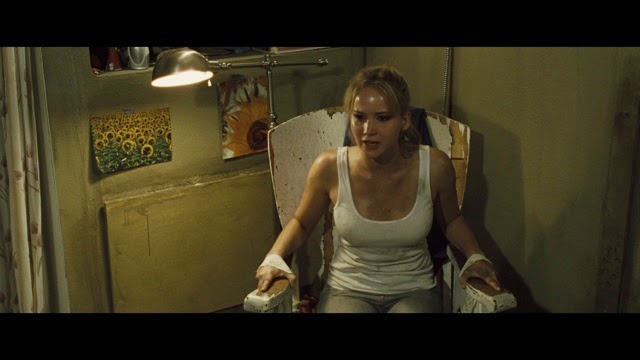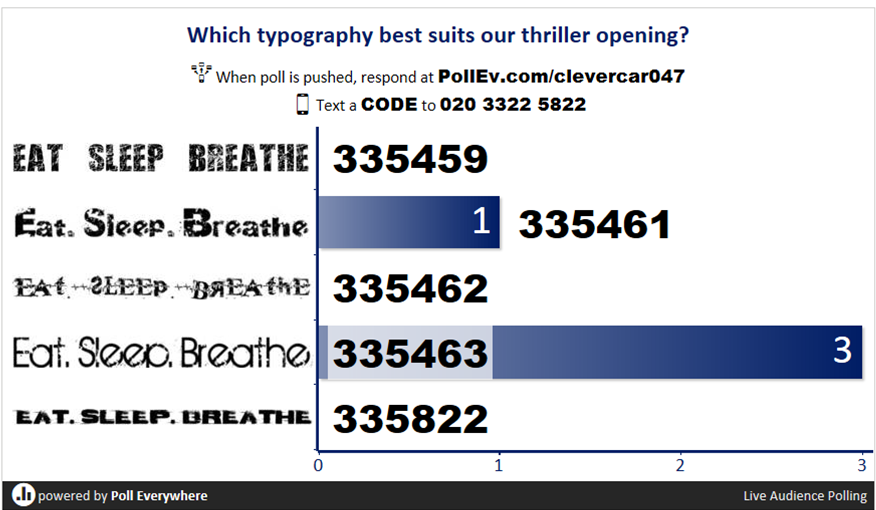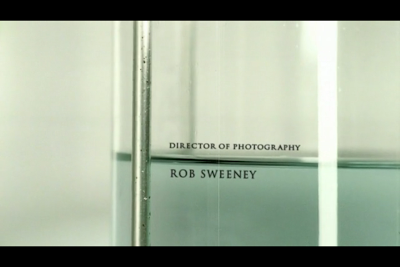How does your media product represent particular social groups?
My chosen social group, who I wanted
to represent, were young people/young couples of any demographics; aged 16-24, so that it would be relevant to everyone of that age range, and a socio-economic class of E/D, which is students and those unemployed (E) or those who are in jobs that do not require extra education (D), like retail, as they wouldn't be earning a lot and couldn't go and do exciting things yet, so would want to watch something exciting and serious. we had no set ethnicity we wanted to represent but we wanted a British person to play the lead role as its a British film, so would most likely be appealing to a English native speaker. Overall I wanted to
convey the issue of that age group’s vulnerability and how serious it can be.
Here is a still of the main role,
played by Leona Bilby. I wanted to
represent her character as our protagonist but also as the victim in the
thriller, with her being hunted by the antagonist, psychotic ex-boyfriend,
played by Cameron Price. These two
roles are similar to the roles within other thrillers such as The Roommate or The House at the End of the Street. The protagonists within these
two are both female, who are being abused or attacked by someone who was at
some point close to them, similar to most abusive relationships, so these are characters that are emotionally traumatised. In my thriller
and those thrillers the protagonists wear not very much clothing so that when
they are being chased in dark outdoor places the fact they are vulnerable to
not only the antagonist but also the elements is emphasised. This is also a form of sexualisation where the females are wearing low cut tops and even though they are in serious, traumatising situations they are still represented as sexual. The antagonists
also wear dark clothing and have make-up to make them look tired and more
menacing which connotes they are the antagonist and the fact they have more clothing emphasises the sexualisation of the female protagonist.
Leona was chosen for her role mainly because her acting was quite good, shown in her audition. In her audition she showed that she could play someone who was terrified effectively and we already knew her star persona was of someone who plays victims/ protagonists well. she is stereotypical for her role as she is blonde, attractive, and is young, which is the stereotype for female protagonist in thrillers. Examples of this are Jennifer Lawrence in The House at the End of the Street, Sharni Vincen in You're Next, and Amber Heard in The Ward.
We used age and gender for her role
through using a young woman, which Leona is close to in age wise, in order to represent the most vulnerable people in that age group. She was used
as statistically most cases of domestic violence and other forms of abuse are experienced by young people
of this age group, especially women, as shown in the chart below. I wanted to show my audience what someone who is actually in an abusive relationship would look like in order to convey the message effectively, because if we had changed the gender and age it wouldn't have seemed as real as it does in the film.
 We used Leona appearance wise as she looks like your stereotypical teenager/young woman. Being young looking, attractive, and blonde, which is what most people imagine when asked to picture a typical British teenager. This is stereotypical to many thrillers with female protagonists. This means that there is less focus on who she actually is as a person but more focus on the idea and issue of vulnerability she is representing for the social group we chose; young people/ young couples.
We used Leona appearance wise as she looks like your stereotypical teenager/young woman. Being young looking, attractive, and blonde, which is what most people imagine when asked to picture a typical British teenager. This is stereotypical to many thrillers with female protagonists. This means that there is less focus on who she actually is as a person but more focus on the idea and issue of vulnerability she is representing for the social group we chose; young people/ young couples.
I chose Leona's character's costume to convey the theme of vulnerability. I had her running through the woods denoting ripped pyjamas, which did not look warm and it was winter weather, so it looked very cold as well. This connotes how with her being vulnerable to the elements with her clothing, she is also vulnerable as a character to the antagonist. This helps her represent the idea of the social group being vulnerable to their abusers. The costume I chose is however not following the conventions of most thrillers. Many of the females are sexualised through their costumes, wearing shorts or low cut tops and vests, but I wanted the audience to just empaphise with her and not sexualise her in any way which is why her clothing is not revealing in any way.
I used a lot of close up and extreme close up shots in order to connote the themes of secrecy which conveys the ideas of vulnerability. Using close ups and extreme close ups hid a lot of what was actually going on to the audience, so they only saw small details. This relates to how many people don't actually see the abuse in an abusive relationship as people outside of it only see small portions of their relationship, which represents the social group as it's another reason why many young people are vulnerable as no one knows it is going on.
I used the picture props to represent the social group through showing the reality of an abusive relationship. The pictures throughout the opening get less happy and show the relationship deteriorating with each picture. This connotes how the abuse in real life abusive relationships doesn't start straight away, which is why it's harder to get out of the relationship, which is again another reason why this social group is vulnerable.
Overall I wanted represent the social group of young people/young couples to show their vulnerability which I did through creating a thriller opening based around an abusive relationship. Even though domestic violence is one of the extreme situations when it comes to young people's vulnerability, I wanted to use something extreme to emphasise the idea of their vulnerability and how serious of an issue it is. I believe I represented this social group and the issue of their vulnerability quite well with my choice of Mise-en-Scene and character. I think this issue is also explored in other films such as The House at the End of the Street, The Ward, and The Roommate.





























